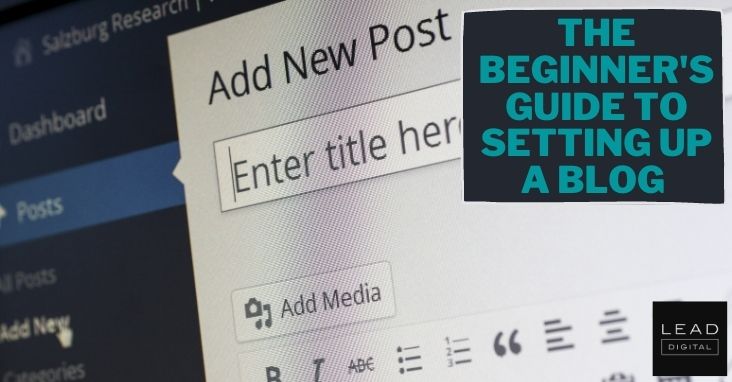
Did you know that there are more than 600 million blogs on the internet, and that 77% of web-surfers read blogs regularly?
Blogging has exploded since its humble beginnings in the 1990s, and many people today interact with blogs frequently if not daily.
By setting up a blog, you have the opportunity to make meaningful connections with other people, whether you want to share your recipes, talk about your lifestyle, or sell products and services. Whatever the topic, blogging serves as an outlet that can even become profitable.
But before you see dollar signs, you’ll need to set up a blog, which involves choosing a content management system (CMS), deciding on themes and color schemes, and reaching your target audience.
This guide will help you navigate the process of setting up a blog successfully across various platforms.
But before you set up a blog, you’ll need to choose a CMS. Let’s dive into that, first.
How to Choose a CMS
You can’t have a blog without a CMS, or a content management system. As the name suggests, this is a system that manages your content. While you could certainly build a blog from scratch with savvy coding skills, a CMS does the hard work for you.
This software makes it nearly effortless to switch up your blog’s font styles, colors, and overall theme. It also means you can generate content much easier, simply clicking a few buttons to add photos and videos.
All of these seemingly simple actions can be difficult to implement through HTML and CSS coding, which is why many bloggers opt to use a CMS. This way, you can dive right into making great content.
When you’re looking at different CMS platforms, there are a few things to consider.
- User-Friendly Interface
- Price
- Customization
- Support
- Extensions
- Security
- Marketing Capabilities
Let’s dive into each element to help you decide what you need in a CMS.
1. User-Friendly Interface
The point of choosing a CMS is to make creating your blog easier for you. If you find it difficult to navigate the dashboard or the text editor, blogging will just like a chore.
Look for a CMS with drag-and-drop capabilities, and unless you have top-notch developer skills, steer clear of anything that requires heavy coding.
2. Price
As we’ll cover below, it is completely possible to start a blog for free. But if you are looking for more robust features, you’ll need to consider your budget.
If you are looking at paid platforms, consider what you get with each CMS for the price, and double-check for hidden fees.
3. Customization
You want your blog to look and perform how you’ve envisioned it, so make sure your CMS allows for customization through different themes and templates that can also be adjusted as you see fit.
For example, with Ceros, you can completely customize every element of the content you publish without adding a single line of code.
4. Support
If your blog glitches while you’re writing an important post, you’ll want to be able to get help right when you need it.
CMS support ranges widely — you might only find a digital handbook or FAQ page full of common issues and fixes with no number or live chat to reach for urgent matters.
Or the platform could only have an email or number available during standard office hours, Monday through Friday. Meanwhile, some CMS platforms have extensive support options, including agents available 24/7.
If you don’t have experience working with CMS systems and want access to hands-on support, take this into consideration when comparing platforms.
5. Extensions
One of the most helpful features for CMS platforms is the ability to work with third-party extensions or plugins, which add even more functionality to your blog.
There are extensions for nearly everything you could think of, so whether you want help with search engine optimization (SEO) or the ability to create galleries or social media feeds on your blog, extensions and plugins can help you do so. If your CMS isn’t compatible with most of these applications, your blog could suffer. – Read more



